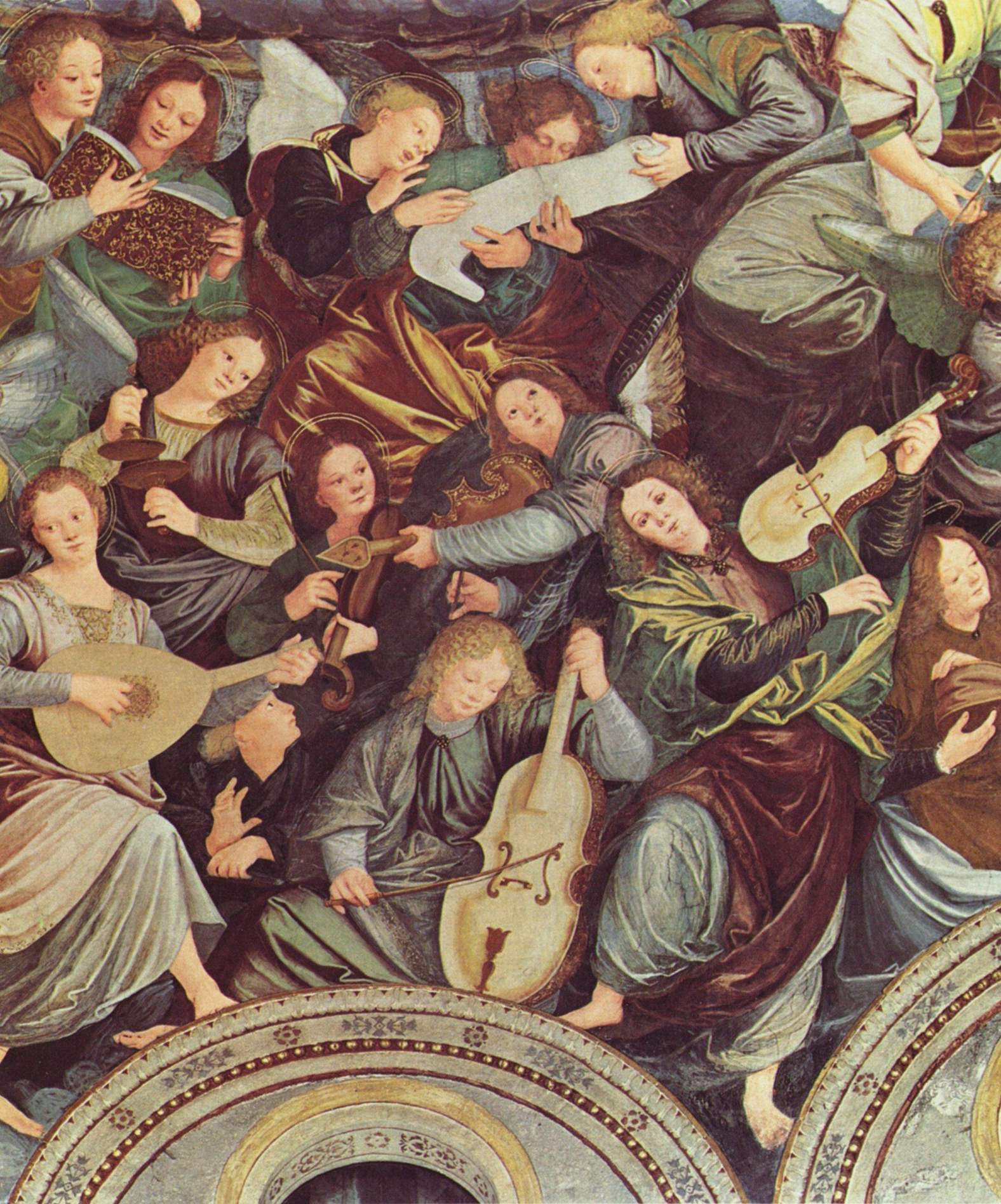| rdfs:comment
| - Bass violin is the modern term for various 16th- and 17th-century bass instruments of the violin (i.e. viola da braccio) family. They were the direct ancestor of the modern cello. Bass violins were usually somewhat larger than the modern cello, but tuned to the same nominal pitches or sometimes one step lower. Contemporaneous names for these instruments include "basso de viola da braccio," "basso da braccio," or the generic term "violone," which simply meant "large fiddle." The instrument differed from the violone of the viol, or "viola da gamba" family in that like the other violins it had at first three, and later usually four strings, as opposed to five, six, or seven strings, it was tuned in fifths, and it had no frets. With its F-holes and stylized it also more closely resembled the (en)
- La basse de violon est un instrument à cordes frottées de la famille des violons, ayant connu son apogée en France durant la période baroque et ayant disparu vers 1730. Les noms italiens de ces instruments incluaient basso de viola da braccio, basso da braccio ou le terme générique violone, qui signifie simplement "grand violon". En termes de taille, la basse de violon est un peu plus grande qu'un violoncelle. Le violoncelle (violone-cello) est ainsi une basse de violon (violone) de petite taille (suffixe -cello). (fr)
|
| has abstract
| - Bass violin is the modern term for various 16th- and 17th-century bass instruments of the violin (i.e. viola da braccio) family. They were the direct ancestor of the modern cello. Bass violins were usually somewhat larger than the modern cello, but tuned to the same nominal pitches or sometimes one step lower. Contemporaneous names for these instruments include "basso de viola da braccio," "basso da braccio," or the generic term "violone," which simply meant "large fiddle." The instrument differed from the violone of the viol, or "viola da gamba" family in that like the other violins it had at first three, and later usually four strings, as opposed to five, six, or seven strings, it was tuned in fifths, and it had no frets. With its F-holes and stylized it also more closely resembled the viola da braccio. The name "bass violin" is also sometimes used for the double bass. Occasionally, historians have used the term "bass violin" to refer to other various instruments of the violin family that were larger than the alto violin or viola, such as the tenor violin. This use can be synonymous with "harmony violin." After the 1950s, the term "bass violin" sometimes referred to a bass instrument of the violin octet. (en)
- La basse de violon est un instrument à cordes frottées de la famille des violons, ayant connu son apogée en France durant la période baroque et ayant disparu vers 1730. Les noms italiens de ces instruments incluaient basso de viola da braccio, basso da braccio ou le terme générique violone, qui signifie simplement "grand violon". En termes de taille, la basse de violon est un peu plus grande qu'un violoncelle. Le violoncelle (violone-cello) est ainsi une basse de violon (violone) de petite taille (suffixe -cello). La mention la plus ancienne d'une famille complète de violons dont "le bas" remonte à 1556 ("l'Epitome musical" de Philibert de Jambe de fer). Sa forme et ses dimensions semblent alors très diverses, en témoigne (par exemple, dans les inventaires après décès) diverses mentions en précisant les caractéristiques : "façon de Venise", "façon de Paris", "de Bresse", "Commune", etc. Jusqu'à l'invention des cordes filées, en 1660, la basse de violon possédait un manche particulièrement grand et un chevalet placé très bas, afin d'augmenter la longueur de la corde vibrante. Le son produit était alors quelque peu détimbré. Par la suite, la longueur des cordes a pu être réduite tout en conservant la tessiture grave de l'instrument. Le terme de « basse de violon » fait en réalité référence à deux instruments distincts : la basse de violon à quatre cordes (instrument originel) et la basse de violon à cinq cordes (amélioration de la fin de XVIIe siècle). (fr)
|



![[RDF Data]](/fct/images/sw-rdf-blue.png)







![[cxml]](/fct/images/cxml_doc.png)
![[csv]](/fct/images/csv_doc.png)
![[text]](/fct/images/ntriples_doc.png)
![[turtle]](/fct/images/n3turtle_doc.png)
![[ld+json]](/fct/images/jsonld_doc.png)
![[rdf+json]](/fct/images/json_doc.png)
![[rdf+xml]](/fct/images/xml_doc.png)
![[atom+xml]](/fct/images/atom_doc.png)
![[html]](/fct/images/html_doc.png)